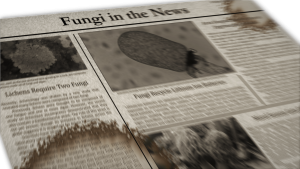#119: Pisolithus arrhizus, the Dyeball
“Our next contestant in the Ugly Mushroom Contest performs countless of hours of community service every year and is an accomplished artist. Its goal in life is to make the world a better place and form lasting relationships with those around it. Give it up for…Pisolithus arrhizus! [applause]” There seems to be little doubt among mushroom hunters that P. arrhizus is one of the ugliest mushrooms in the world. The fruiting bodies of older specimens become distorted and can be mistaken for anything from animal feces to decomposing tree stumps. Despite its unsightly appearance, this earthball is used to dye wool, thus earning it the common name, “Dyeball.” The fungus is also prized by foresters for its ability to form robust mycorrhizas in extremely poor soil conditions.

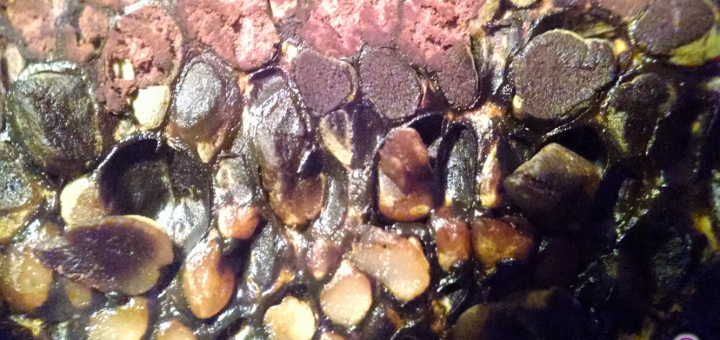
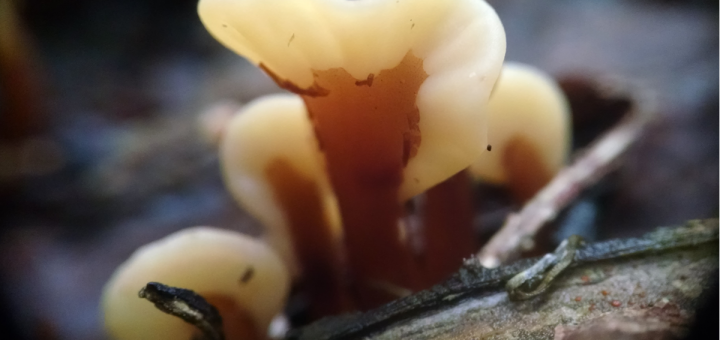
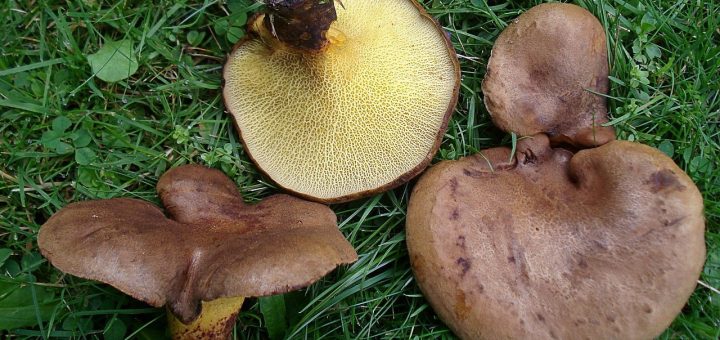
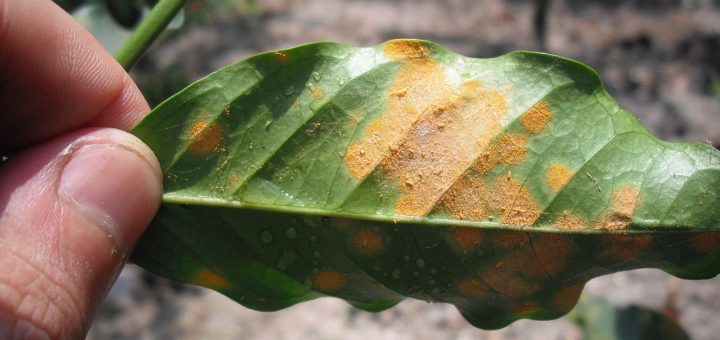
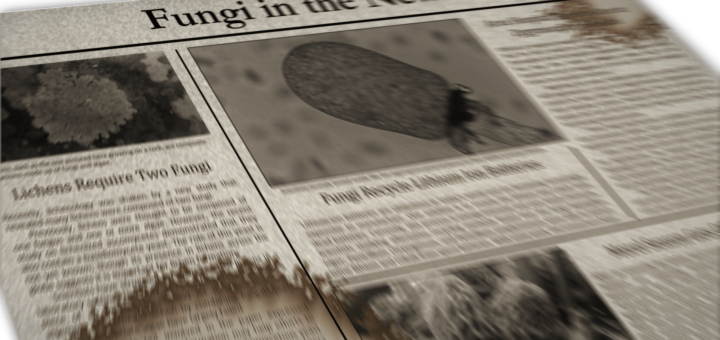
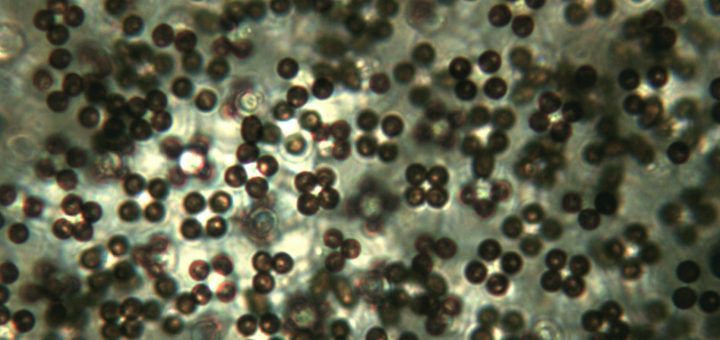
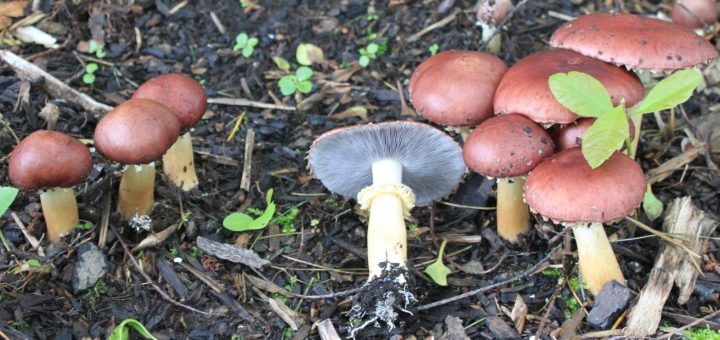
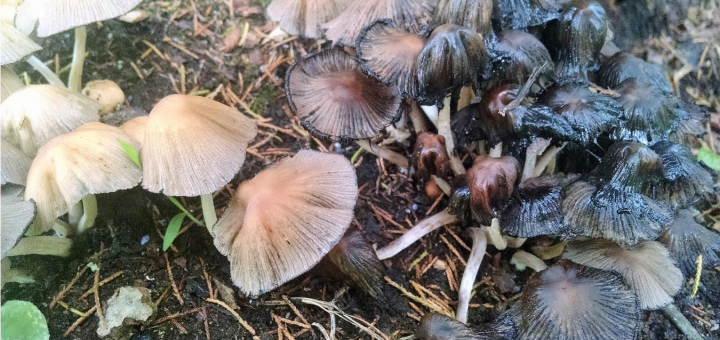
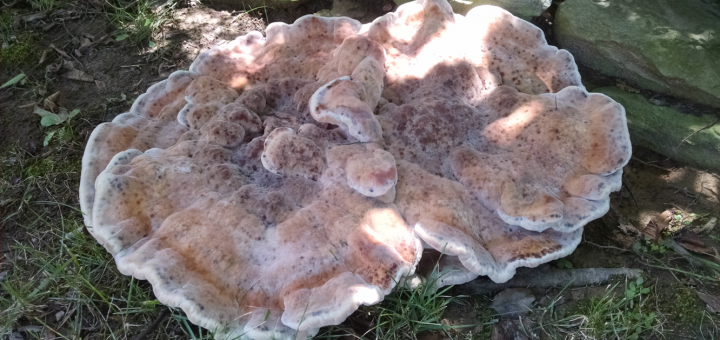
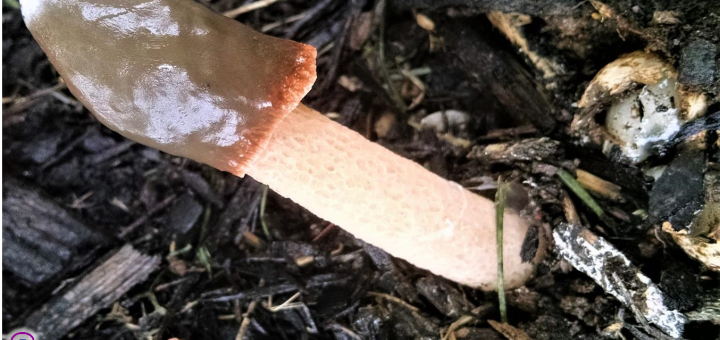





![#011: Characteristics of Kingdom Fungi [Archived]](https://www.fungusfactfriday.com/wp-content/themes/hueman/assets/front/img/thumb-small-empty.png)

